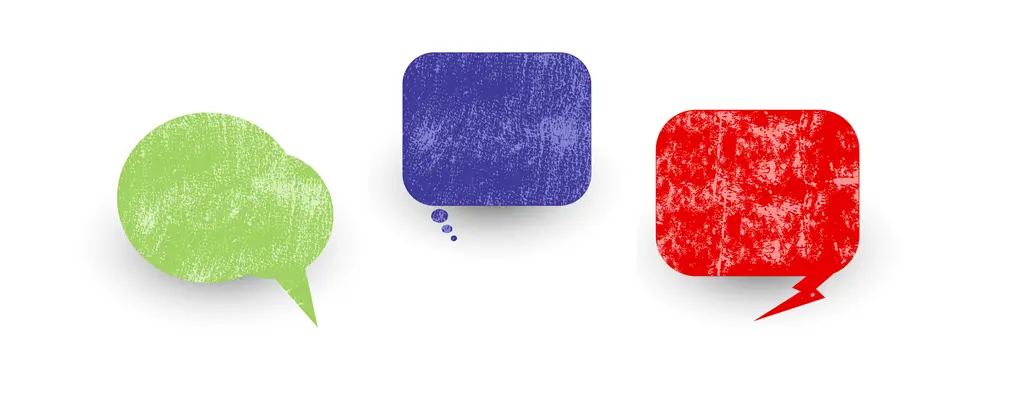Taking responsibility for your vocal health starts with understanding how the system works. To do that, you must appreciate the three production steps: respiration, phonation and articulation.
Simply, respiration is air. You need it to produce the pressure and vibration necessary for sound. Phonation means making sounds. As air passes through your larynx (voice box), tissues vibrate to produce sound waves. Articulation is the shaping of raw sound into recognizable speech. Quite cleverly, you move the tongue, palate and other structures in just the right way at just the time time to form words. For simplicity, we will leave out the mastermind of this whole system: the brain. As you explore speech production, though, you will undoubtedly appreciate how masterfully many tasks are be coordinated — within fractions of seconds.
Respiration: air fuels the system
Respiration is the body’s cyclic intake and exhalation of air. When you prepare to breathe, the diaphragm (the large, flat muscle located below the lungs) drops. This causes the volume within the lungs to expand, and air swoops in the nose or mouth, down through the larynx, and into the trachea, bronchi and, finally, lungs.
Phonation: larynx sound makers
Most of the time, air swishes by the vocal folds, which remain open (abducted, or apart). To make voice, however, the vocal folds are brought together. When we do speak, it is always on the exhalation of air. As air whooshes by them, vocal folds ripple, snap and hum, not unlike flags blowing in the wind. The faster your vocal folds vibrate, the higher the pitch of your voice. That is not due to the speed of the respiration, but rather to the voluntary shaping of your vocal folds.
Long, thin folds ripple quickly (high pitch). Shorter, bulkier vocal folds, then, produce lower pitches. Air pressure is also related to voice loudness. To produce a loud voice, your vocal folds must be closed tightly together. That requires more air pressure from the lungs.
Speech does not emerge until these waves are shaped into specific sounds through the magic of articulation.
Articulation: we have speech
In all, 19 points between the vocal folds and the lips allow us to produce speech. Some are: the lips, teeth, palates, tongue, vocal folds, nasal cavity, uvula and jaw. Each part plays a special part in creating specific sounds.
For example, we begin with a forceful puff of air and use the upper and lower lips to make the sounds [p], [b] and [m]. Upper teeth and lower lip produce [f] and [v]. The backs of our tongues and the soft palates work together to produce [k] and [g]. For some sounds [h], all we do is open everything up and allow the sound to travel out the mouth.
Consider other languages and the diversity of sounds in each. Of course, all humans have the same articulatory anatomy. However, in English we do not use our articulators in the same way some other languages do. We do not have the French rolling [r], and we do not click and pop as featured in certain African dialects.

